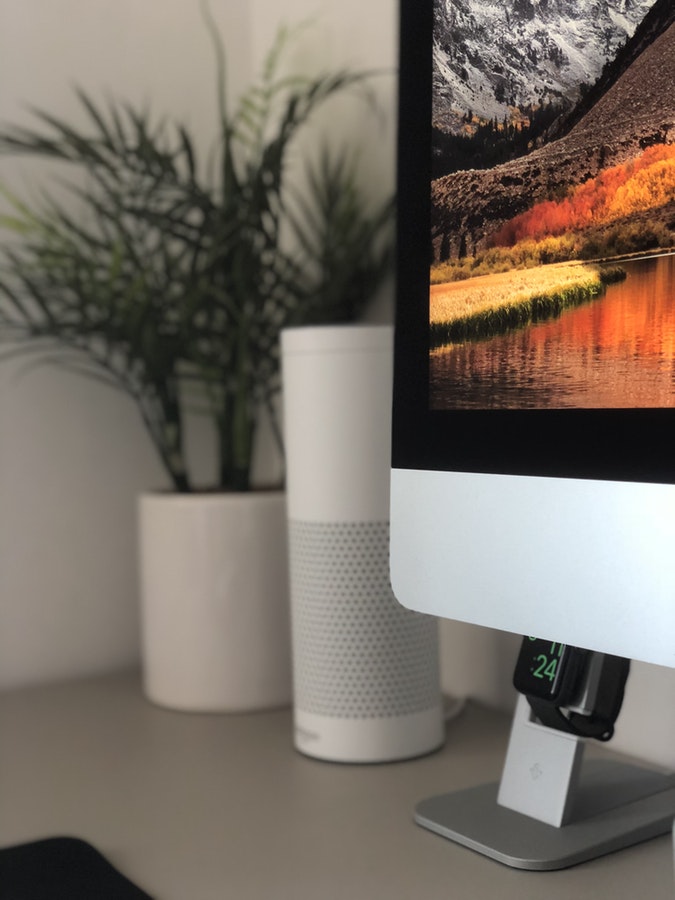Currently, the installed base of smart home devices is estimated to be about 165 million globally, up from 4 million a few years ago. In India, the smart home market is fast evolving, especially in major cities. Initially, intelligent homes were considered homes primarily with sophisticated and automated security features. With the introduction of other products of smart homes, it is estimated that the industry is growing at a rate of 30% year on year. This means that the market is set to double in revenue every 3 years. Outside of the US and European hotspots, India’s custom installation industry is regarded as one of the most rapidly growing markets.
Introduction of new features and increased affordability
Thanks to technological upswings, and improved affordability, home automation is becoming a reality and is now more economically acceptable, as stated by Mr Thanik B of Schneider Electric. From just security systems, the market has and is evolving to other areas such as lighting systems, smoke alarm systems, gas leakage detectors, entertainment systems, and energy efficiency systems. These introductions are increasingly creating interest among homeowners and buyers. Similarly, prices are decreasing due to competition among installation companies.
Smart home market drivers
“Increasing awareness of smart homes among potential users is a key growth driver,” said Mr Thanik. Builders are the most significant contributors to this awareness by showcasing model flats and brochures. The continually improving economy, which has led to an increase in disposable income, is also a key driver of smart homes in major cities. To satisfy the needs of the growing clientele, IOT-based companies continue to enter the market with innovative products, including artificial intelligence(AI) thereby defining the future. There shall be 4 categories of market drivers namely: technology leader companies such as Amazon, Google, and Apple, smart home products manufacturing companies such as Xiaomi, Internet service providers such as Airtel and home appliance manufacturing companies like V guard, according to Shishir Gupta, CEO Oakter.
Increasing acceptance
The market for smart homes has been growing steadily at the uptake of 15-18% for tier 1 cities and 5-10% for tier 2 and 3 cities. This is fueled by a rise in the number of working couples and a craving for comfort. Also, due to deeper internet penetration and the ever-escalating crime rate in India, home buyers are forced to consider smart homes even though they cost more. Though this acceptance is slightly lower in non-metro cities, the overall predisposition is positive, which means the future holds a lot.
While economic analysts debate whether the Indian economy can double for 2017-2018, the idea of smart homes is increasingly gaining traction, especially in urban areas. More precisely, this growth is facilitated by the extension of the IT industry and a change of lifestyle. A recent report by Statistica on Indian home automation acknowledged Pune, Delhi, Mumbai, and Hyderabad as the leading cities driving this growth. The same report predicts that the smart home market in India will surpass 3.8 billion euros by 2022.
Author bio: After taking a career sabbatical to become a mother, Jackie now writes and researches on topics relating to home, property and technology. She has, in the past battled problems with anxiety and panic, and in her spare time, she volunteers for some local charities that support people with mental health issues.





